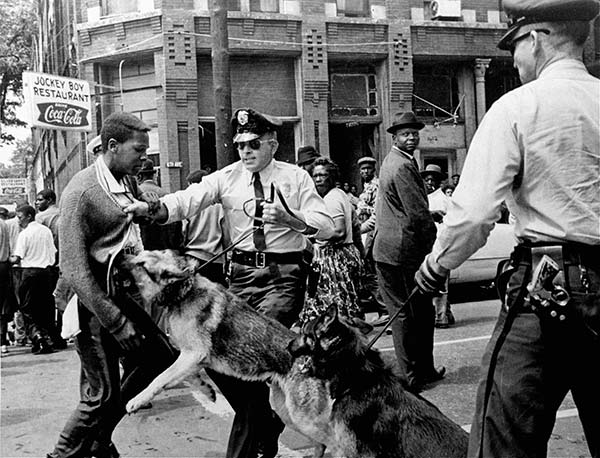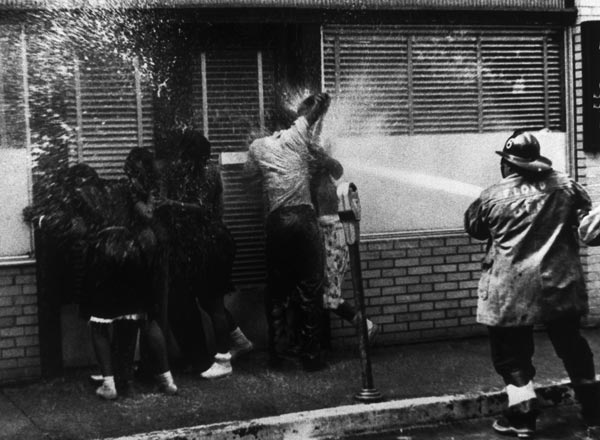SECTION 05
The Birmingham Desegregation Campaign
After the victories of the sit-ins and freedom rides, desegregation battles were waged across the South. In 1963 alone, over a thousand desegregation protests occurred in more than a hundred cities across the region. One of the most significant desegregation campaigns took place in Birmingham, Alabama. For decades Birmingham had represented the citadel of white supremacy. No black resident was ever secure from the wide sweep of racist terrorism, both institutionalized and vigilante. Conditions in the state had become even worse with the election of Governor George Wallace in 1962, who stated upon taking his oath of office, "I say segregation now, segregation tomorrow, segregation forever." Wallace vowed that the federal government would not dictate racial policies in his state. For years, civil rights activists had conceived of plans to attack Birmingham's Jim Crow laws; now it seemed the utmost priority.
In May 1962, the Reverend Fred Shuttlesworth convinced other civil rights leaders that the time to tackle the most segregated city in the nation had arrived. On April 3, 1963, the desegregation campaign began. Sit-ins were held at department stores and restaurants. On Good Friday, the Reverend Dr. Martin Luther King Jr. and Ralph Abernathy were arrested; marchers on Easter Sunday were brutally beaten and taken into custody. From his jail cell, King responded to white ministers' attack on his use of civil disobedience in what became known as the "Letter from Birmingham Jail." In the moving manuscript, King insisted that "I submit that an individual who breaks a law that conscience tells him is unjust, and who willingly accepts the penalty of imprisonment in order to arouse the conscience of the community over its injustice, is in reality expressing the highest respect for law."
On May 2, James Bevel coordinated a children's march involving 6,000 black youngsters and teenagers, ranging in age from six to 16. On national television cameras, Birmingham police, followed the orders of police chief Eugene "Bull" Conner and let loose vicious police dogs on children as they knelt to pray. Police used fire hoses, dogs, and clubs against pregnant women, children, and the elderly. Over 900 children were arrested and jailed. Around the world, humanity was repulsed by the sickening spectacle.
Related Resources
Police dogs attacking a teenager.
A 17-year-old boy, who refuses to yield to the city ordinance that denied city residents the right to public parades, is attacked by police dogs in Birmingham, Alabama, May 4, 1963.
Source: AP Photo.
Violent techniques used on peaceful protesters in 1963.
During desegregation protests in 1963, city officials, at the order of the brutally violent police commissioner Eugene "Bull" Conner, used fire hoses and clubs on un-armed, nonviolent protesters. Pictures like this one raised global awareness for the civil rights movement.
Source: AP Photo.




